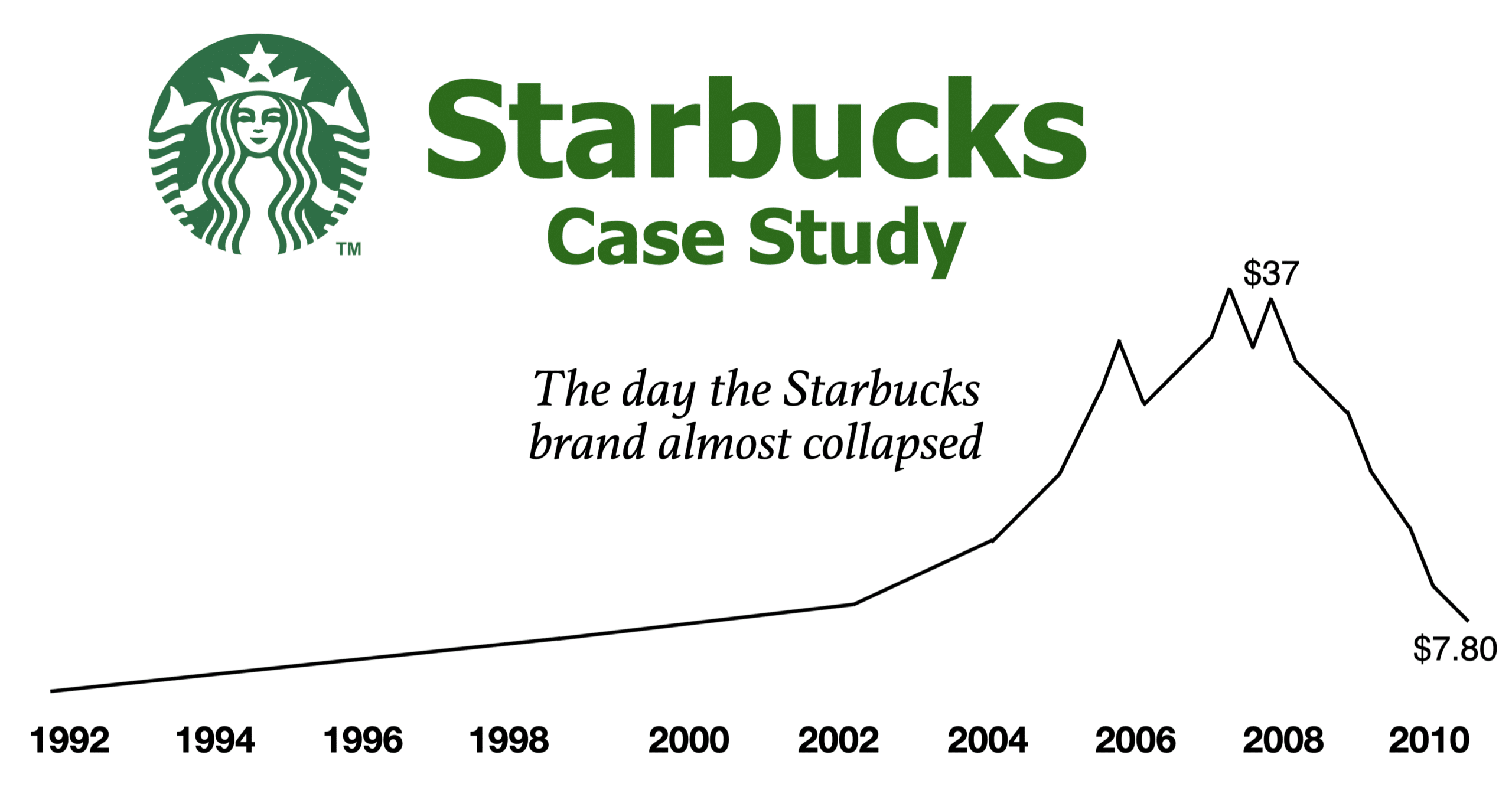products, Evolution Fresh squeezes, Frappuccino refreshments, La Boulange baked goods, and bites (for example, chips and wafers); some offerings such as the Pumpkin Spice Latte are explicit to the territory of the store. Numerous Starbucks outlets sell pre-bundled nourishment items, sweltering and cold sandwiches, and drinkware such as cups and tumblers. Furthermore, there are Select "Starbucks Evenings" areas that offer brew, wine, and appetizers.
Starbucks first ended up productive in Seattle in the mid-1980s. Despite an underlying financial downturn with its venture into the Midwest and British Columbia in the late 1980s, the organization experienced rejuvenated success with its entrance into California in the mid-1990s. Starbucks opened an average of two new stores every day between 1987 and 2007. On December 1, 2016, Howard Schultz reported he would leave his position as the CEO and would be supplanted by Kevin Johnson. Johnson accepted the role of the CEO of Starbucks on April 3, 2017, and Howard Schultz resigned to end up as the 'Chairman Emeritus', effective from June 26, 2018
starbucks case study
digital marketing course
December 20, 2023
Starbucks Corporation is an American coffee chain that was established in 1971 in Seattle, Washington. By mid-2019, the organization had a presence in over 30,000 areas around the world. Starbucks has been depicted as the fundamental delegate of "second wave espresso," a reflectively-named development that advanced high-quality espresso and specially simmered coffee. Starbucks now uses robotized coffee machines for proficiency and well-being.
Starbucks serves hot and cold beverages, entire bean espresso, micro-ground moment espresso known as VIA, coffee, caffe latte, full-and free leaf teas such as Teavana tea
Subscribe Us
Most Popular
Tags
Categories
Footer Menu Widget
| Distributed by Gooyaa


0 Comments